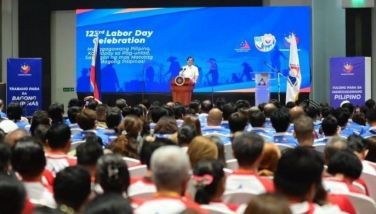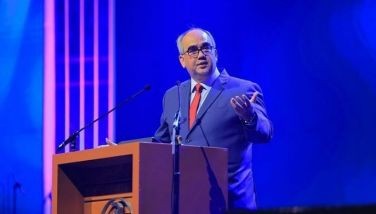The birth of the BRT
Regardless of the latest innovations and marvellous developments road vehicles went through in the last century, rail transport still holds the distinction of being the most significant contributor to world economic development in the 20th century. This is because, first and foremost, it is a public mass transportation which serves the urban areas, the latter seen to be where 75% of the world's wealth are created. And it is the only urban public mass transport for a long time, with all its different configurations, until the bus rapid transit appeared in 2000.
Though Jaime Lerner's Rede Integrada de Transporte, or “RIT,” of Curitiba, Brazil, went into operations in the late '70s yet, it was only after Enrique Peñalosa's “TransMilenio,” of Bogota, Columbia, made its debut, that the BRT first become widely accepted. For more than 20 years, between the two, bus-based mass transport was seen as good only on paper and not practical to develop. Planners look at Curitiba's system as unique and made possible only because (1) Curitiba is a new and small emerging city (so it can plan from scratch), and (2) it is a rich city, at least, in comparison to the other Brazilian cities of its kind and age.
But Bogota is an old city and the capital of Columbia, built-up for past centuries with pre-modern architecture. If there was any other city to follow Curitiba, people thought it would be another new emerging city with enough resources to spend. Columbia was not necessarily rich, and it was offered loan to build a new urban rail system by an international financing organization. Peñalosa decided otherwise, and built TransMilenio itself, at a fraction of the price of a rail system. It now has 9 lines, serving the entire 7.5 million population of the city.
Strictly speaking, Curitiba's system was not the first BRT, only considered as such, because the term (BRT) was not yet coined then. It was only called a bus system. Other countries have similar ones, not as comprehensive nor as successful, and are sometimes called busways or buslanes. What differentiates the RIT, TransMilenio, and the recent BRTs is the fact that they approximate the operations of the rail-based systems, both in the manner that they move people, and in the capacity. That's why topologically speaking, they're the same – one just runs on steel wheels, the other on rubber tires.
Curitiba's BRT did not also become that popular because its innovation was overshadowed by the even greater reason that city was known over the world for, and that is urban environmental management. For decades, Curitiba (and Lerner) earned accolades as the best planned city in the world. Lerner went around the world on lecture tours, mostly on best practices in urban development, which included its famous transport system. For what is a transport system, but just a support sector to the urban economy. The now famous maxim – “integration of land use and transportation,” was best exemplified in Curitiba.
If it was the environment for Lerner, it's social equity for Peñalosa. The latter emphasized that cities should be planned for people and not for cars. There is a need for a deeper understanding of this thesis, because most of us do not know that conventional transport planning place an emphasis on cars. Even until now, the DPWH Highway Planning Manual uses what it calls as the AAGR, or the average annual growth rate in projecting future transport needs? AAGR of people? No, that AAGR of vehicles!
And Peñalosa looks at the economics of transport. If two systems of similar capacities can be built, but one is one half the cost of the other, what would you build? A no-brainer but many people nowadays would actually select the costlier one. Peñalosa's reasoning is that whatever savings you would accrue by choosing the more economical one, will be money that can be spent for the more social needs of people – schools, parks, libraries, hospitals, etc. Makes sense to me but many people still don't get it … (to be continued … for more info, please search Jaime Lerner/Enrique Peñalosa on the internet)
- Latest
- Trending






























